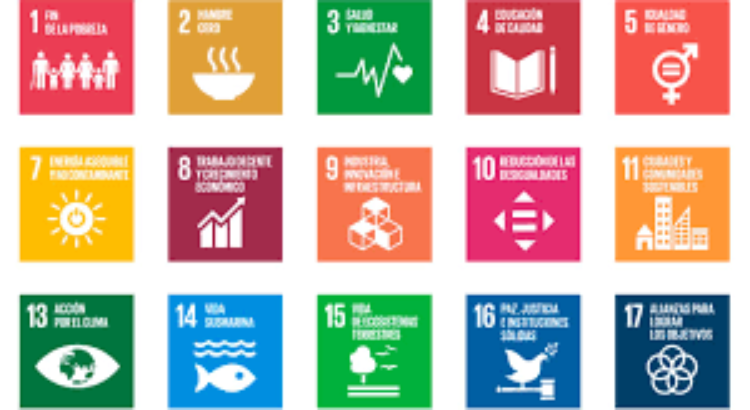The Morrison government’s waiving of almost A$500 million in dodgy vocational education and training debts holds many lessons about the nature of education and public services being provided by for-profit enterprises.
The debts were collected by about 38,000 students unwittingly locked into federal VET FEE-HELP loans by dodgy for-profit education providers. Thousands more complaints seeking to have debts waived have yet to be processed.
Read more: A new national set of priorities for VET would make great social and economic sense
One of the lessons from the disastrous mix of public funding and private profits in the VET sector is that policymakers infatuated with the dogma of “reform” are incapable of learning from experience.
That’s true of both sides of politics.
Victorian reforms
A brief history of the “most disastrous education rort in Australia’s history” illustrates the point.
The story begins in about 2008.
Historically, vocational education and training was the domain of the government-run Technical and Further Education (TAFE) colleges. To create an expanded demand-driven sector, the Labor government of John Brumby in Victoria made two key “reforms”.
One was to open up the TAFE system to private-sector competition. The other was to shift costs to students, through a fee loans scheme similar to the one federal Labor introduced to fund university education expansion.
These reforms were embraced by Brumby’s Liberal successor, Ted Baillieu, who severely cut TAFE funding, and by both Liberal and Labor federal governments.
How not to reform
But what Victoria provided, in the words of education policy researcher Leesa Wheelahan, was “a great template in how not to reform vocational training”.
As Wheelahan noted in 2012, problems emerged almost immediately. For-profit providers enticed students (and therefore the money flowing from the government) with sweeteners such as “free” iPads. Diplomas requiring 600 hours of work were granted on the basis of 60 hours. And so on.
Read more: Victorian TAFE chaos: a lesson in how not to reform vocational education
In an essay published in 2013, I wrote: “Attempts by for-profit firms to enter (what they perceive as) education markets have almost invariably ended either in failure or in fraudulent exploitation of public subsidies.”
But the Victorian template was embraced federally first by the government of John Howard, which extended the Higher Education Loan Program to VET, and then those of Kevin Rudd and Julia Gillard.
It grew even more under Tony Abbott, increasing at triple-digit rates between 2012 and 2015, until evident problems forced government action. The Australian National Audit Office’s scathing assessment of the scheme in 2016 led to it being scrapped.
Examples of failure
Policymakers could have learned not only from the initial failures of VET reform but from examples of for-profit education at all levels.
Australian universities have dabbled unsuccessfully with the for-profit tertiary model exemplified by the University of Phoenix. It and other for-profit universities have been accused of rorting federal education funding provided for military veterans, by spending 15% or less of the fees received on instruction.
It’s perhaps a good thing that Australian universities rooted in the traditions of public education have routinely failed with for-profit ventures such as as Melbourne University Private. It closed in 2005 after losing an estimated A$20 million over the previous seven years.
At the level of school education, the US has plenty of failed experiments. One is Edison Schools, which at its peak in the early 2000s had hundreds of school contracts. It has since lost the great majority due to not delivering on promises.
Read more: Do we want for-profit schools in Australia?
In the realm of early child education, Australia’s for-profit child-care operators funded by government subsidies have a similarly problematic record. The similarities include using the types of lures pioneered by shonky operators in the VET sector – enticing parents (and their federal subsidies) with offers of “free” iPads and gift cards.
The limits of market liberalism
The failures of for-profit education reflect both the specific characteristics of education that make a market model inappropriate and more fundamental failings of market liberalism.
Students, by definition, don’t know enough to be informed consumers. Whether the course is good or bad, they are unlikely to be repeat customers. In these circumstances, relying on consumer choice and competition between providers is a recipe for superficial, low-quality courses and exploitation.
Read more: Jobs are changing, and fast. Here’s what the VET sector (and employers) need to do to keep up
As centuries of experience has shown, only the dedication and professional ethos of teachers can ensure high-quality education. Reliance on incentives and markets is inconsistent with that ethos.
The broader problem with the reform agenda is that for-profit businesses paid to provide public services are more tempted to make profits by exploiting loopholes in the funding system than by innovating or providing better services.
This point is apparently yet to sink in with agencies such as the Productivity Commission, which remains enthusiastic about applying “increased competition, contestability and informed user choice” to human services “to improve outcomes for users, and the community as a whole”.
Fuente de la Información: http://theconversation.com/why-the-profit-motive-fails-in-education-128091










 Users Today : 18
Users Today : 18 Total Users : 35460149
Total Users : 35460149 Views Today : 31
Views Today : 31 Total views : 3418814
Total views : 3418814